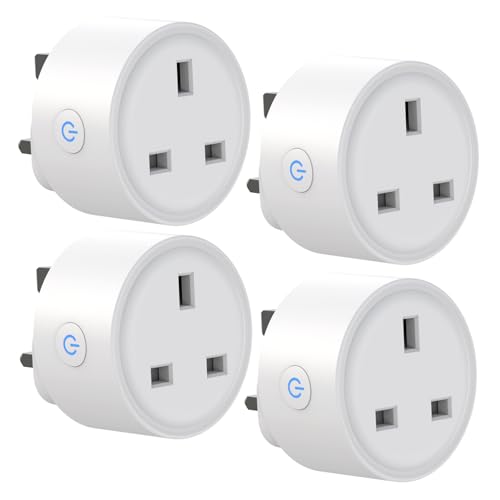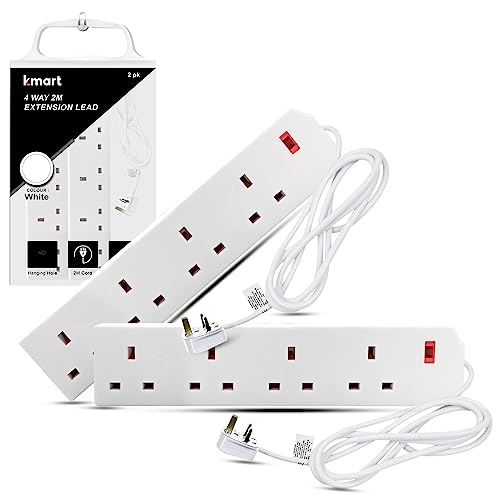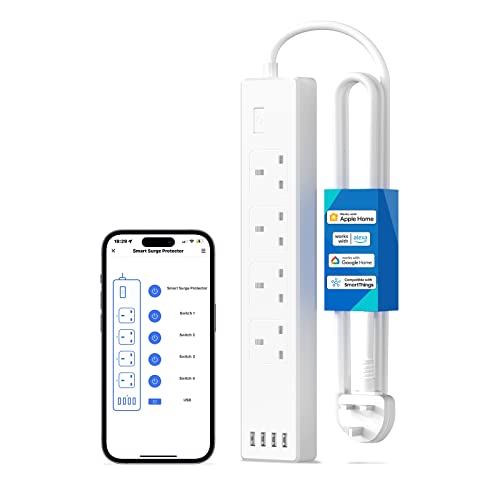Vampire devices: How much do your gadgets use while switched off?
Vampire devices are secretly draining your wallet. Here are the most common culprits and how you can stop them

As energy bills continue to rise, many households are searching for ways to cut unnecessary costs.
One of the best energy-saving tips is identifying and unplugging ‘vampire devices’ - electronics and appliances that silently consume electricity even when they appear to be turned off.
These devices remain in standby mode, drawing small amounts of power that can significantly impact your electricity bill over time.
What are vampire devices?

Vampire devices are appliances that use electricity even when not actively in use. This happens because many modern gadgets have features that require constant power, such as remote activation, digital displays, or internal memory functions.
A prime example is a television with a red standby light, which remains powered so it can turn on instantly at the press of a button.
While the energy consumption of one device may seem insignificant, the combined effect of multiple vampire devices throughout a home can be substantial.
The true cost of vampire devices
British Gas, the UK’s largest electricity supplier, estimates that turning off vampire devices could save households up to 23% on their annual energy bills.
Bring your dream home to life with expert advice, how to guides and design inspiration. Sign up for our newsletter and get two free tickets to a Homebuilding & Renovating Show near you.
With energy prices rising, being mindful of these hidden power drains can lead to meaningful financial savings.
According to Gordon Wallis, an energy expert at Your NRG, many households unknowingly spend hundreds of pounds per year on electricity for devices they aren’t even using.

Gordon is an experienced marketing manager providing analysis in the consumer goods industry.
Common vampire devices & their costs
Below, we break down some of the worst energy offenders and their estimated yearly costs using Utilita's Power Price List.
1. Chargers and adapters
Most people leave their phone and laptop chargers plugged in 24/7, unaware that they continue to draw power even when they’re not actively charging a device.
Unplugging these chargers when they’re not needed could save between £5 and £10 per year, depending on how many you have and how much power they consume in standby mode.
2. Televisions
Televisions are some of the worst offenders for vampire energy consumption.
Even when they’re turned off, they often remain in a low-power mode, ready for quick activation. A smart power strip, such as the Meross Smart Power Strip, can automatically cut power to these devices when they’re not in use, saving £10 to £20 annually.
You can also find out how much electricity does a TV use in our guide.
3. Desktop computers and accessories
Many people leave their desktop computers, monitors, printers and other connected peripherals plugged in, assuming they don’t consume power when not in use.
However, these devices can still draw electricity even in standby mode. By switching them off completely when not needed, you could save between £20 and £50 per year.
4. Kitchen appliances
Many kitchen gadgets, including microwaves, toasters and coffee machines built-in digital displays or clocks, like the Philips 5400 Series Fully Automatic Espresso Machine that require continuous power. Although they consume less energy than larger devices, unplugging them or using a smart power strip can still contribute to savings of £5 to £15 per year.
5. Wi-fi routers
Your Wi-Fi router is likely on 24/7, and while it doesn’t use a large amount of power, turning it off during long vacations or periods of non-use can save around £5 to £10 annually.
6. Electric toothbrush chargers
Many people leave their electric toothbrush chargers plugged in permanently, even when the toothbrush is fully charged. This constant energy drain can be avoided by unplugging the charger when it’s not needed.
7. Game consoles and streaming devices
PlayStation, Xbox and other gaming systems continue to use power even when not in use, particularly if they are left on standby mode.
Some models allow for energy-saving settings, but the best way to reduce power consumption is to unplug them when they’re not in use.
8. Smart home devices
Smart home assistants, smart plugs and smart security cameras, like the Tapo TC70 House Security Camera, draw continuous power to maintain connectivity. While they offer convenience, consider whether certain smart devices need to be left on constantly.
How to reduce vampire energy waste
Eliminating vampire energy consumption doesn’t mean you have to unplug everything manually each time. Here are some practical solutions:
- Use smart plugs – Smart plugs, like the ANTELA Smart Plug from Amazon, allow you to control devices remotely via an app, helping you turn off vampire devices without physically unplugging them. They also let you schedule power shut-offs to minimise unnecessary usage.
- Power strips with switches – These let you switch off multiple devices at once, making it easier to manage energy consumption for grouped electronics, like entertainment systems and office setups.
- Upgrade to energy-efficient devices – When replacing electronics, look for models with low standby power consumption.
- Turn off wi-fi and unused devices at night – If you don’t need certain devices while you sleep, turning them off overnight can reduce unnecessary energy usage.
Shop energy saving devices
Which appliances are unlikely to be vampire devices?
While many modern gadgets are notorious for consuming power even when turned off, there are some appliances that generally do not draw unnecessary energy.
These devices often feature simple, manual switches and lack the digital displays or standby functions that typically drain power. Here's a look at some appliances that are unlikely to be vampire devices:
1. Kettles
Most kettles do not draw power unless they are actively boiling water. While some high-tech models come with features like a digital clock or a “keep warm” function, traditional kettles are generally not energy vampires.
You can find out how much electricity does a kettle use in our guide.
2. Blenders
Basic blenders do not use energy when not in operation. If the blender isn't in use or plugged in, it won't be consuming power, making it an appliance that doesn’t contribute to phantom energy loss.
3. Toasters
Standard toasters only use power when in operation. If not in use, they don’t draw energy, unless you have a toaster model with a digital screen or other standby functionality.
4. Apple laptop chargers
Interestingly, Apple laptop chargers do not draw power when plugged into a socket without being connected to the laptop. Tests with power meters have shown that these chargers are designed to stop consuming electricity when not charging a device.
5. Table lamps
Regular table lamps that are switched off do not consume power, even if plugged in. As long as they are turned off at the switch, they won’t be draining energy.
Being aware of vampire devices and taking simple steps to reduce their energy consumption can lead to substantial savings over time.
By unplugging unnecessary devices, using smart plugs, and upgrading to more energy-efficient technology, you can lower your electricity bills while also reducing your household’s carbon footprint.
Start identifying and managing your vampire devices today – it’s a small change that can make a big difference in both your wallet and the environment.

Amy spent over a decade in London editing and writing for The Daily Telegraph, MailOnline, and Metro.co.uk before moving to East Anglia where she began renovating a period property in rural Suffolk. During this time she also did some TV work at ITV Anglia and CBS as well as freelancing for Yahoo, AOL, ESPN and The Mirror. When the pandemic hit she switched to full-time building work on her renovation and spent nearly two years focusing solely on that. She's taken a hands-on DIY approach to the project, knocking down walls, restoring oak beams and laying slabs with the help of family members to save costs. She has largely focused on using natural materials, such as limestone, oak and sisal carpet, to put character back into the property that was largely removed during the eighties. The project has extended into the garden too, with the cottage's exterior completely re-landscaped with a digger and a new driveway added. She has dealt with de-listing a property as well as handling land disputes and conveyancing administration.



